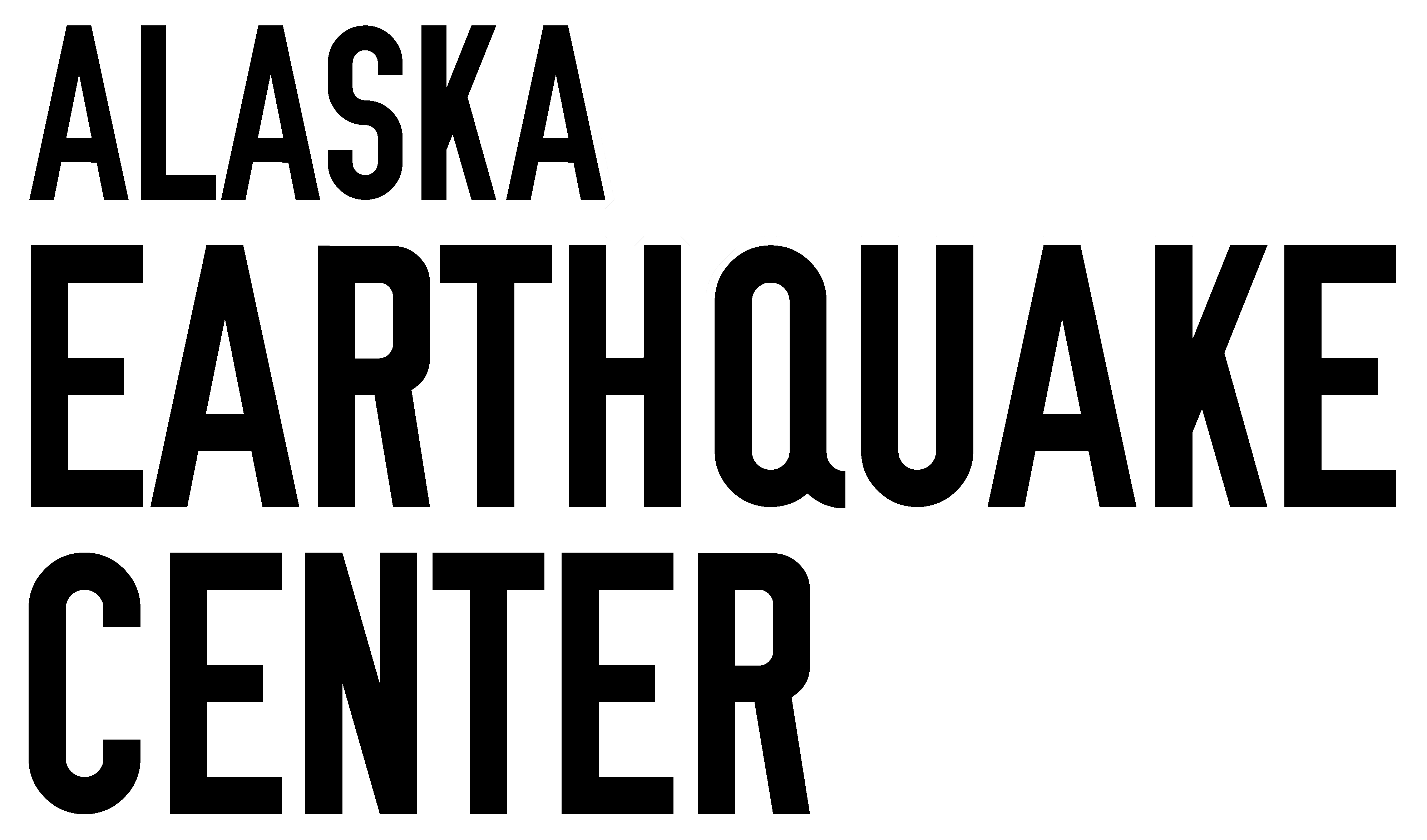Magnitude 1.6 - 59 miles SE of Telida
April 19, 2025 04:16:28 AKDT (April 19, 2025 12:16:28 UTC)
62.6866°N 152.2294°W Depth 0.1 miles (0 km)
This event has not been reviewed by a seismologist
- 61 miles (98 km) NW of Skwentna
- 70 miles (113 km) SW of Kantishna
- 71 miles (115 km) E of Nikolai
- 72 miles (116 km) W of Talkeetna
- 75 miles (121 km) N of Hayes Volcano
- 82 miles (132 km) S of Lake Minchumina
- 96 miles (155 km) N of Mt. Spurr
- 96 miles (155 km) NW of Willow
- 108 miles (175 km) E of McGrath
- 113 miles (183 km) NW of Hatcher Pass
- 114 miles (184 km) SW of Cantwell
- 127 miles (205 km) NW of Anchorage
- 203 miles (329 km) SW of Fairbanks
- Magnitude type: Ml
- Event type: earthquake
Tectonic Setting of the Denali Fault
The Denali Fault is a major intracontinental right-lateral strike-slip fault that partially accommodates the oblique collision of the Yakutat block into Alaska's margin, extending from northwestern British Columbia to the central and western regions of Alaska. The largest earthquake recorded on the Denali Fault was a M7.9 on November 3, 2002. Its rupture extended for nearly 270 miles (435 km) along the central Denali Fault system. This event was preceded by the M6.7 Nenana Mountain Earthquake on October 23, which ruptured 25 miles (40 km) of the Denali Fault west of the M7.9 event. It is typical behavior of these major right-lateral faults in the Interior to produce very low background levels of seismicity between large ruptures hundreds of years apart that are followed by multi-year aftershock sequences. Another notable feature associated with the Denali Fault system is the Kantishna seismic cluster, located just north of the main fault trace inside Denali National Park. This cluster produces tens of small, shallow earthquakes every day. The largest known earthquakes in this cluster are on the order of magnitude 5, but those are rare. This cluster is believed to accommodate deformation between the Denali Fault and the Minto Flats Seismic Zone to the north.





